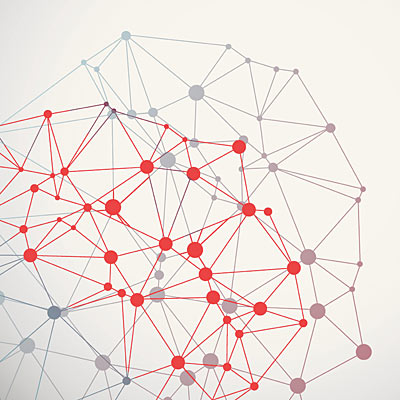
In recent years, I’ve turned to Facebook and Twitter friends for advice on everything from finding the best sushi restaurants to handling relatives gone bonkers. So when I was stricken with one of the most debilitating conditions I have ever experienced, I did the logical, 2015 thing: I crowdsourced my frozen shoulder.
About a year ago, my left shoulder began hurting inexplicably. Arm movement grew increasingly restricted until one day I could no longer reach my hand fully upward or behind my back. Never before had the words Can you unhook my bra? been so unsexy.
RELATED: Best and Worst Foods for Pain
#Ouch
An orthopedist diagnosed me with frozen shoulder. It’s sometimes caused by an injury, she noted. I hadn’t had one but, hmm, I had overzealously trimmed some hedges. (Suburbia: dangerous to your health.) Frozen shoulder starts with inflamed soft tissue around a joint that ultimately loses range of motion. The condition is more common in women over 40 and people with diabetes, and it’s said to affect up to 5 percent of the population. If you tell your 9-year-old you have it, she will sing “Let It Go” from Frozen just to be funny.
RELATED: 15 Exercises for People in Pain
Exercises the orthopedist gave me helped improve movement but not the pain, which made me grouchy; it felt like someone was stabbing my arm with an ice pick. Comedian and fellow FS sufferer Ricky Gervais, appearing on David Letterman, described crying on the floor in agony after playing with his cat. I knew what he meant; certain movements unexpectedly brought tears to my eyes.
I flung open the car door. Whoa, that hurt.
I reached into the fridge for a jar of pickles. OMG.
I sneezed. $%@!!!
So I visited a chiropractor, who spied my work tote and lifted it. “That’s not a bagthat’s a weapon!” he said, noting that it caused extra shoulder strain. D’oh! My Rx: a comfy Vera Bradley backpack, shopping therapy at its best. Next I started physical therapy, consisting of muscle manipulation followed by neuromuscular electrical stimulationbasically, vibrating pads. My arm felt better when I left the session, but by the next day it was killing me again.